24 | Talk to me about European folklore, aquatic animals, insects, etc Most of my posts will be #Creature Feature rn
Don't wanna be here? Send us removal request.
Text
this girl at uni was dressed sooo gay and then i found out she's just straight with a lesbian mom. dykebaiting is not a victimless crime 😔
162K notes
·
View notes
Text
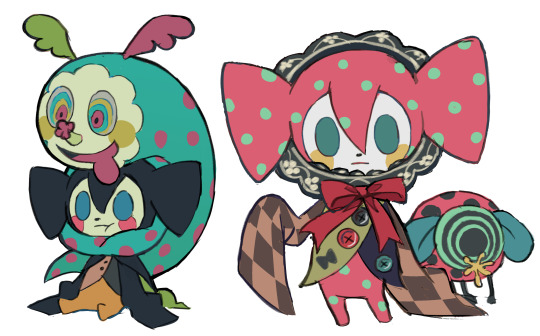
odd colored charlottes, shout out if u can tell what these two are references to
2K notes
·
View notes
Text
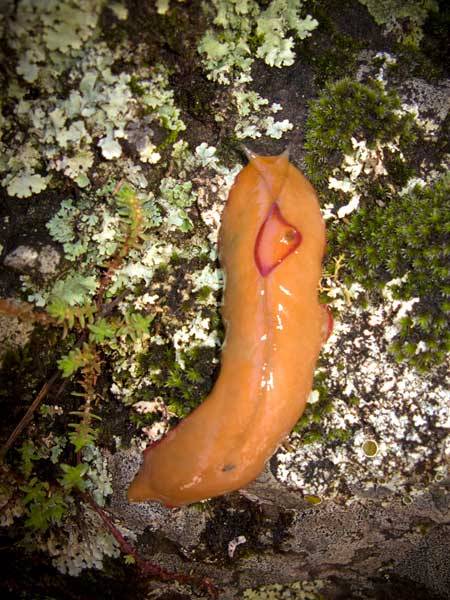


Red Triangle Slug (Triboniophorus graeffei), family Athoracophoridae, eastern Australia
photographs by Robert Ashdown
701 notes
·
View notes
Text

On this day:
DOBHAR-CHU: WATER HOUND
September 24, 1722 is written across the tombstone of Grace Connolly, a young bride who took her washing to Glenade Lake and never returned. Terence McGloughlan, her husband, found her at the lakeside, with a dobhar-chu stretched asleep across her lifeless body. Raging mad, McGloughlan shot the creature. Its high-pitched dying scream called its mate from the lake. Jumping on his horse, McGloughlan got his brother, and they set up an ambush for the water hound at Castelgarden Hill. Blocking the ancient fort's entrance with their horses, they hid and pounced on the dobhar-chu with daggers as the beast burst forth from between their horse legs. The story is recorded in the Journal of the Royal Society of Antiquaries of Ireland.
A dobhar-chu is said to resemble both a dog and an otter. Folklore defines it as the magical seventh cub of a regular otter, which grows to five times the normal size. The pelt, either slimy dark or white with black markings, is said to stop injury from horses, bullets, and shipwrecks.
In 1684, a man walking near Lough Mask in Norfolk, Britain, was spied by a dobhar-chu swimming in the middle of the lake. It fixed the man's position, emerged, and, biting the man's elbow, pulled him into the lake. The man stabbed the creature with his knife, turning the lake red with their blood. A water hound was also reported numerous times on Achill Island, in 1968. It was caught in vehicle headlights while bolting across the road and was also seen by a man riding his bicycle.
Text from: Almanac of the Infamous, the Incredible, and the Ignored by Juanita Rose Violins, published by Weiser Books, 2009
25 notes
·
View notes
Text
★ Basket Star ★
(Gorgonocephalus eucnemis)
When discussing basket stars, we are including most Gorgonocephalidae and two species in the family Euryalidae. Other species also have very long, curling arms and go rather by the name of "snake stars" (mostly abyssal species).
Many basket stars live in deep sea habitats or cold waters, though some basket stars can be seen at night in shallow tropical reefs. Most basket stars live in specific type of coral and in the wild they may live up to 35 years.


Hildering, J. (2023). Available at: https://themarinedetective.com/2023/09/25/basket-stars (Accessed: 30 March 2025).
Shale, D. (2011). Available at: https://www.naturepl.com/stock-photo/basket-star--euryalid-ophiuroid-(gorgonocephalus-sp)-from-sea-mount-on-mid/search/detail-0_01312086.html (Accessed: 30 March 2025).
4 notes
·
View notes
Text
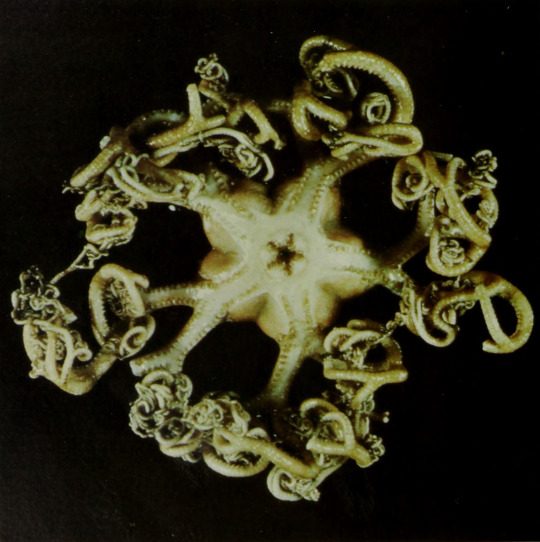
Basket star (Gorgonocephalus sp.) By: General Biological Supply House, Inc. From: The Science of Zoology 1966
230 notes
·
View notes
Text
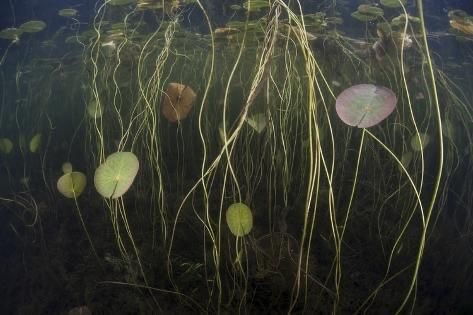
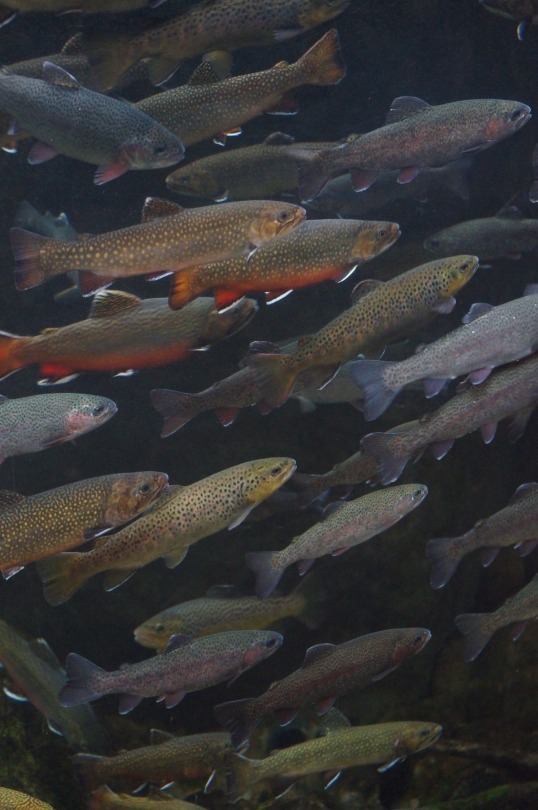
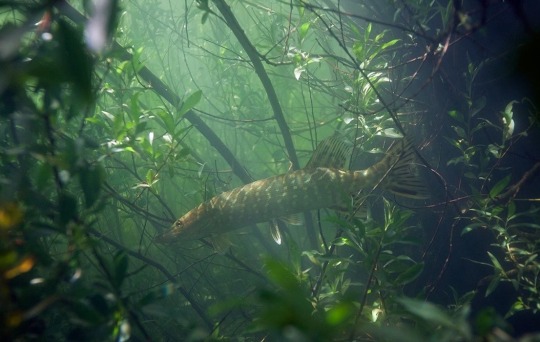
i love freshwater fish❤️🩹
13 notes
·
View notes
Text

you should probably worry about the wraith as well
31K notes
·
View notes
Text
Red Sea Urchin ✹
(Mesocentrotus franciscanus)
Found in the northeastern Pacific Ocean from Alaska to Baja California, the red sea urchin lives in shallow waters from the low-tide line to greater than 280m (920 ft) deep and is typically found in rocky shores sheltered from extreme waves in areas where kelp is available.
Just like the Green Sea Urchin from my previous post, these dudes have special tiny mouths named Aristotle's lantern, which consist of small jaws located on the bottom surface. They use these small jaws to scrape up types of algae from the sea floor, such as plankton and algae.


Capelle, N. (2020). Available at: https://in.pinterest.com/lunarscvpe/ocean-man/ (Accessed: 29 March 2025).
Onthank, K.L. (2008) Strongylocentrotus franciscanus. Available at: https://en.wikipedia.org/wiki/Red_sea_urchin#/media/File:Strongylocentrotus_franciscanus.jpg (Accessed: 29 March 2025).
#creature feature#creature#nature#photography#red#ocean#sea life#sea urchin#urchin#aquatic life#marine life#marine invertebrates
3 notes
·
View notes
Text
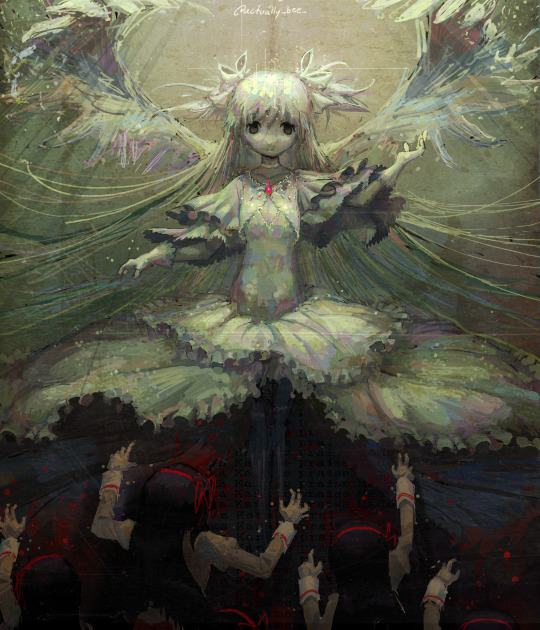
skiiibiidiii gyaattt
6K notes
·
View notes
Text
Green Sea Urchin
(Strongylocentrotus droebachiensis)
Commonly found in northern waters all around the world, the average adult size is around 50 mm (2 in), but it has been recorded at a diameter of 87 mm (3.4 in).
The green sea urchin prefers to eat seaweeds but will eat other organisms. They are eaten by a variety of predators, including sea stars, crabs, large fish, mammals, birds, and humans. These fellas are found on rocky substratum in the intertidal and up to depths of 1,150 meters (3,770 ft). It uses its strong Aristotle's lantern to burrow into rock.


Buitron, D. (2025). Available at: https://animaldiversity.org/accounts/Strongylocentrotus_droebachiensis/ (Accessed: 24 March 2025).
Telnes, K. (2004). Available at: https://www.seawater.no/fauna/echinodermata/droebachiensis.html (Accessed: 24 March 2025).
1 note
·
View note



